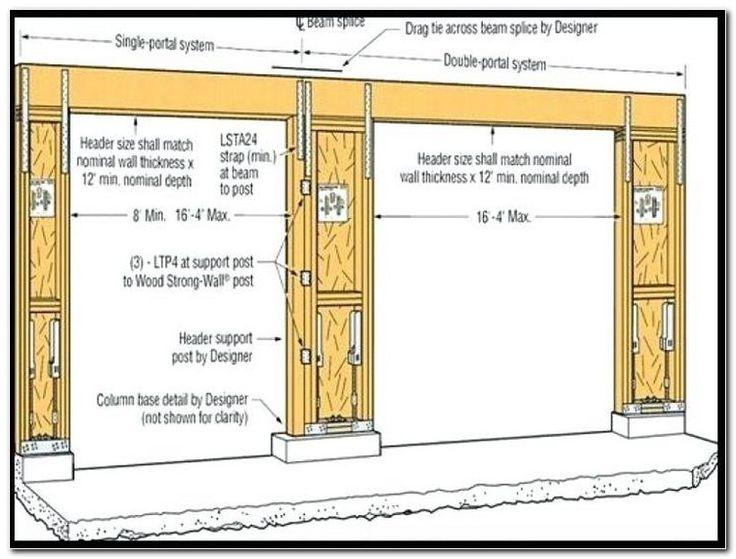Unlock the secrets to a successful garage door installation with our comprehensive guide on understanding the garage door rough opening chart. Discover everything you need to know about standard sizes, dimensions, and considerations for ensuring a seamless installation process.

Garage Door Rough Opening Chart: Explained
What Is a Garage Door Rough Opening Chart?
A garage door rough opening chart is a tool used to determine the appropriate measurements for installing a garage door. It provides detailed information on standard sizes, dimensions, and considerations based on the type and style of the garage door being installed.
Understanding Standard Sizes
The first step in utilizing a garage door rough opening charts is understanding the standard sizes available for garage doors. Common sizes include single car garage doors, typically ranging from 8 to 10 feet wide, and double car garage doors, typically ranging from 16 to 18 feet wide. Height can vary but is often around 7 to 8 feet tall.
Read too: No Power to Genie Garage Door Opener – Resolving the Issue with Ease: Troubleshooting Guide
Dimensions and Considerations
When consulting a garage door rough opening charts, it’s essential to consider various dimensions and factors that may impact the installation process. These can include:
- Headroom: The space required above the garage door opening for tracks and the door mechanism to operate smoothly.
- Sideroom: The space needed on each side of the door opening to accommodate the tracks and door panels.
- Backroom: The depth of the garage required for the door to open fully without obstruction.
- Clearance Requirements: Any additional clearance needed for hardware, insulation, or other accessories.
Using the Garage Door Rough Opening Chart
To use a garage door rough opening charts effectively, follow these steps:
- Determine the type and style of garage door you plan to install.
- Consult the chart to find the appropriate measurements for your door’s width, height, headroom, sideroom, and backroom.
- Take precise measurements of your garage opening to ensure accuracy.
- Make any necessary adjustments or accommodations based on the specific requirements of your chosen garage door.
Tips for Successful Installation
- Always consult the manufacturer’s instructions and recommendations for your chosen garage door.
- Take accurate measurements of your garage opening to avoid costly mistakes or delays.
- Consider hiring a professional installer for complex installations or if you’re unsure about any aspect of the process.
Conclusion
A garage door rough opening charts is an invaluable resource for anyone undertaking a garage door installation project. By understanding standard sizes, dimensions, and considerations, you can ensure a smooth and successful installation process, resulting in a functional and aesthetically pleasing garage door for years to come.



Leave a Reply